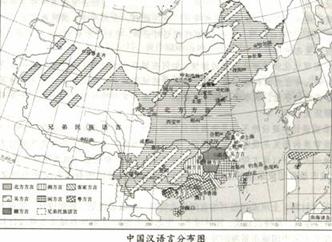In the early days of the internet, the idea that it represented an entirely new and separate realm, distinct from the real world, was seized upon by both advocates and critics of the new technology. Advocates liked the idea that the virtual world was a placeless datasphere, liberated from constraints and restrictions of the real world, and an opportunity for a fresh start. For instance, John Perry Barlow, an internet activist, issued the "Declaration of the Independence of Cyberspace" in February 1996. He thundered, "Governments of the industrial world, I come from cyberspace, the new home of mind. Cyberspace does not lie within your borders. We are creating a world that all may enter without privilege or prejudice accorded by race, economic power, military force, or station of birth."
Where Mr. Barlow and other cyber-Utopians found the separation between the real and virtual worlds exciting, however, critics regarded it as a cause for concern. They worried that people were spending too much time online, communicating with people they had never even met in person in chat rooms, virtual game worlds and, more recently, on social-networking sites such as MySpace and Facebook. A study carried out by the Stanford Institute for the Quantitative Study of Society in 2000, for example, found that heavy internet users spent less time talking to friends and family, and warned that the internet could be "the ultimate isolating technology".
Both groups were wrong, of course. The internet has not turned out to be a thing apart. Unpleasant aspects of the real world, such as taxes, censorship, crime and fraud are now features of the virtual world, too. Garners who make real money selling swords, gold and other items in virtual game worlds may now find that the tax man wants to know about it. Designers of virtual objects in Second Life, an online virtual world, are resorting to real-world lawsuits in order to protect their intellectual property.
At the same time, however, some of the most exciting uses of the internet rely on coupling it with the real world. Social networking allows people to stay in touch with their friends online, and plan social activities in the real world. The distinction between online and offline chatter ceases to matter. Or consider Google Earth, which puts satellite images of the whole world on your desktop and allows users to link online data with specific physical locations.
All these approaches treat the internet as an extension or an attachment to the physical world, not a separate space. Rather than seeing the real and virtual realms as distinct and conflicting, in short, it makes sense to see them as complementary and connected. The resulting fusion is not what the Utopians or the critics foresaw, but it suits the rest of us just fine.
Why is John Perry Barlow mentioned in Paragraph 1()
A. To criticize governments of industrial countries
B. To show the influence of the internet
C. To advocate the equality for all
D. To illustrate the advocates’ favor to cyberspace

